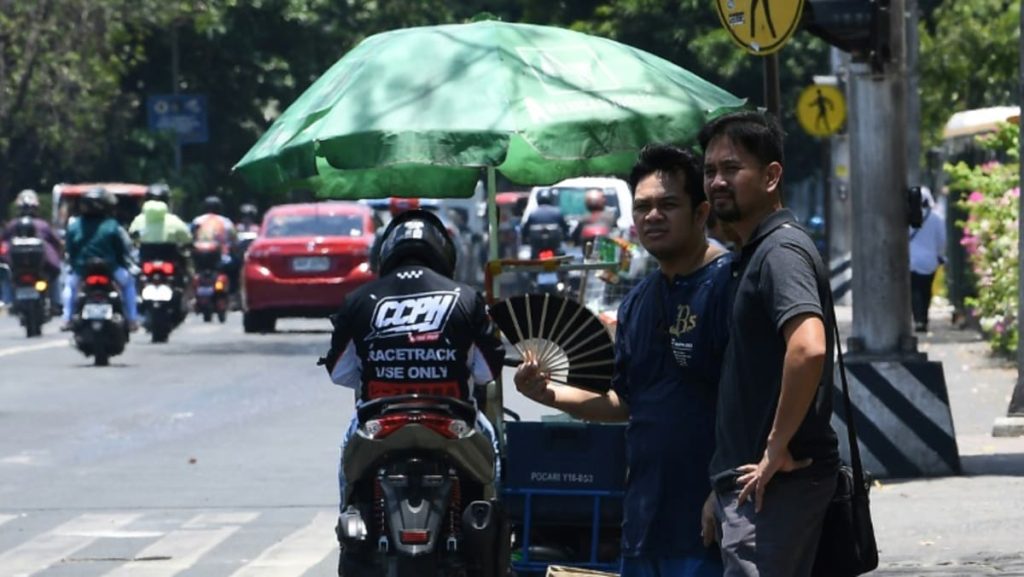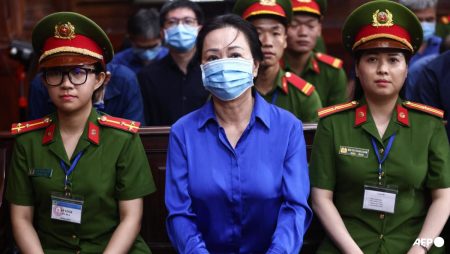triggering health warnings and making it a bit difficult for the residents as they struggle to cope with the sudden increase in temperatures. The intense heat wave, brought on by a combination of high temperatures and low humidity, has led to temperatures soaring above 40 degrees Celsius in some areas, making it difficult for people to do their daily activities. Schools in the Philippines have been forced to suspend classes to protect students from the scorching heat and reduce the risk of heatstroke.
The extreme heat has also prompted health warnings across the region, as authorities warn residents to stay indoors during the hottest parts of the day and drink plenty of water to avoid dehydration. The heat can be particularly dangerous for vulnerable populations, such as the elderly, young children, and those with pre-existing health conditions. It is important for people in affected areas to take precautions to protect themselves from the heat and minimize the risk of heat-related illnesses.
The sudden increase in temperatures has also made it difficult for residents to cope with the heat, as many do not have access to air conditioning or other forms of cooling. In some areas, power outages have also occurred, making it even harder for people to escape the oppressive heat. The extreme heat has forced many people to find alternative ways to stay cool, such as seeking shade, taking frequent breaks, and wearing light clothing to help regulate body temperature.
In addition to the health risks posed by the extreme heat, the heat wave is also impacting agriculture and the environment in South and Southeast Asia. Crops are withering under the scorching sun, leading to concerns about food security and agricultural productivity. The heat is also taking a toll on the environment, with water sources drying up and ecosystems being disrupted. These impacts highlight the need for sustainable practices and adaptation strategies to mitigate the effects of climate change and extreme weather events.
Authorities in the Philippines and other affected countries are taking steps to address the impacts of the extreme heat, such as setting up cooling centers, distributing relief supplies, and providing information on how to stay safe in the heat. These measures are important for protecting vulnerable populations and reducing the risk of heat-related illnesses. It is essential for governments, communities, and individuals to work together to build resilience to extreme weather events and minimize the impacts of climate change.
As the heat wave continues to grip South and Southeast Asia, it is crucial for people to take precautions to protect themselves from the extreme heat and stay safe. By staying indoors during the hottest parts of the day, staying hydrated, and taking breaks to cool off, individuals can reduce the risk of heat-related illnesses and stay healthy during this challenging time. It is also important for governments and communities to work together to address the impacts of the heat wave and build resilience to future extreme weather events.













